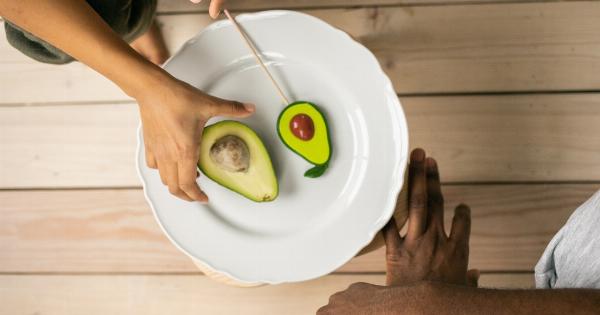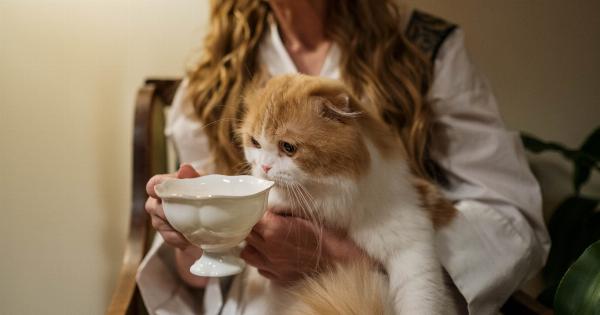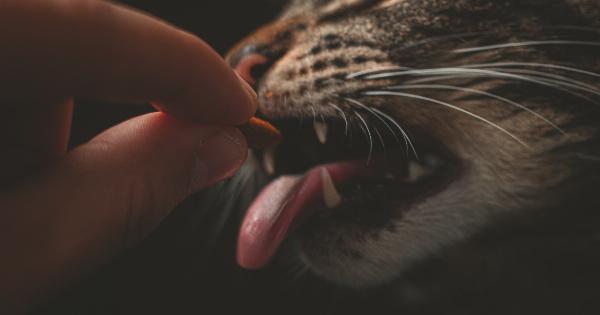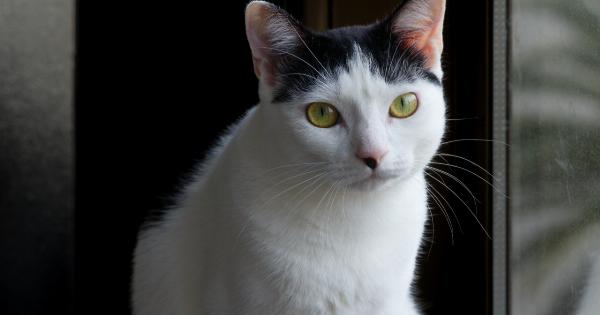Transitioning your cat to a new diet requires careful planning and patience. Abruptly changing your cat’s food can lead to digestive issues and refusal to eat.
It’s important to follow a step-by-step process to ensure a smooth transition without causing any harm to your beloved feline friend. Whether you’re transitioning your cat to a different type of cat food or introducing a homemade diet, here are some guidelines to help you navigate this dietary change successfully.
1. Consult Your Vet
Before making any changes to your cat’s diet, consult with your veterinarian. They can provide tailored advice based on your cat’s specific needs, health status, and any dietary restrictions.
Your vet may also recommend certain brands or types of food that align with your cat’s nutritional requirements.
2. Gradual Transition
Switching your cat’s diet gradually is crucial to prevent gastrointestinal upset. Start by mixing a small amount (around 10%) of the new food with your cat’s current food.
Over the course of several days, increase the ratio of new food while decreasing the old food. This slow transition allows your cat’s digestive system and taste buds to adapt to the new food gradually.
3. Assess Your Cat’s Reaction
Observe your cat’s reaction to the new diet during the transition period. Look for signs of any digestive issues like diarrhea, vomiting, or excessive gas.
If your cat experiences any of these symptoms, slow down the transition process or revert to the old diet temporarily before trying again.
4. Monitor Hydration
Cats have a low thirst drive, so it’s important to ensure they are getting enough hydration, especially if you’re transitioning to dry cat food. Monitor your cat’s water intake closely during the transition period.
If you notice decreased water consumption, consider adding wet food or providing a water fountain to entice your cat to drink more.
5. Add Digestive Supplements if Needed
Some cats may have sensitive stomachs or experience digestive issues during a diet transition. If your cat is struggling with the change, consult your vet about adding digestive supplements to their new diet.
These supplements can help promote healthy digestion and ease any discomfort your cat may be experiencing.
6. Stay Consistent
Once your cat has fully transitioned to the new diet, it’s essential to maintain consistency. Stick with the chosen food brand and avoid frequent changes. Cats thrive on routine, and sudden changes can upset their digestive system.
Consistency also helps you monitor your cat’s health and quickly identify any potential issues related to their diet.
7. Tailor the Diet to Your Cat’s Needs
Every cat is unique and may require specific dietary considerations. Factors such as age, weight, activity level, and any underlying health conditions should be taken into account when determining the appropriate diet for your cat.
Discuss these factors with your vet to ensure your cat’s nutritional needs are met.
8. Be Patient
Transitioning your cat to a new diet can take time, and each cat adapts differently. Be patient and allow your cat to adjust at their own pace.
It’s not uncommon for cats to initially refuse the new food, so try different techniques to entice them, such as warming the food slightly or sprinkling it with a little bit of their favorite treat.
9. Recognize Allergy Symptoms
While transitioning your cat to a new diet, be vigilant of any allergic reactions. Allergy symptoms in cats can present as skin rashes, excessive itching, sneezing, or gastrointestinal issues.
If you notice any of these symptoms, consult your vet immediately to determine if your cat is allergic to any ingredients in the new diet.
10. Review the Transition Period
After successfully transitioning your cat to the new diet, take a step back and evaluate the process. Note any challenges encountered, your cat’s overall health during the transition, and if the new diet aligns with their needs.
This reflection will help guide future diet transitions and adjustments for your cat if necessary.




























